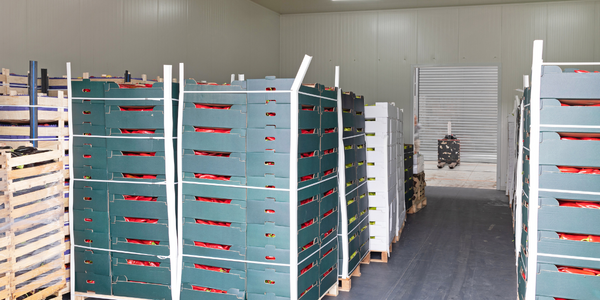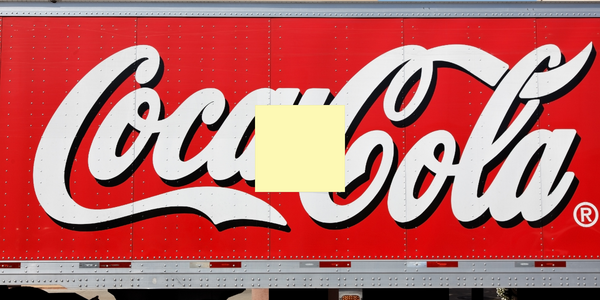公司规模
Large Corporate
地区
- Europe
国家
- Serbia
产品
- DocuWare DMS
技术栈
- Document Management System
实施规模
- Enterprise-wide Deployment
影响指标
- Productivity Improvements
- Digital Expertise
技术
- 应用基础设施与中间件 - 数据交换与集成
适用行业
- 食品与饮料
适用功能
- 商业运营
用例
- 监管合规监控
- 远程协作
服务
- 系统集成
关于客户
Imlek 是巴尔干地区最大的乳制品生产商,市场上有 80 多种不同的乳制品。该公司总部位于塞尔维亚,已运营 50 多年,始终专注于专业人才和生产流程的持续改进。Imlek 是一家创新型公司,依靠现代技术来简化其运营。该公司拥有多个生产基地,总部位于贝尔格莱德。该公司的行政流程主要是纸质的,导致审批和付款效率低下和延迟。
挑战
Imlek 是巴尔干地区最大的乳制品生产商,其纸质业务流程面临挑战。供应商发票、合同和其他收据等文件每周都要在各个生产基地和贝尔格莱德总部之间进行物理传输。这导致审批和付款出现大量不一致和延迟,尤其是在处理应付发票时。总部和各个分支机构的员工都发现追踪这些文件非常困难。文件发出后,现场的同事无法搜索单个收据或信息。
解决方案
Imlek 实施了 DocuWare 文档管理系统 (DMS),以数字化其所有管理流程。该解决方案由授权的 DocuWare 合作伙伴实施,他们建立了大约 130 个数字工作流程。该系统会自动识别所存储文档的类型以及是否需要进一步的处理步骤。对于收到的发票或合同,系统会定义单独的签字阶段直至最终处理,从而大大提高内部流程的透明度。该系统还确保只有授权用户才能访问机密文件。在数字印章的帮助下,批准或拒绝的合同和发票会出现在管理任务列表的最后一步,最终处理也在此进行。
运营影响
数量效益

Case Study missing?
Start adding your own!
Register with your work email and create a new case study profile for your business.
相关案例.

Case Study
The Kellogg Company
Kellogg keeps a close eye on its trade spend, analyzing large volumes of data and running complex simulations to predict which promotional activities will be the most effective. Kellogg needed to decrease the trade spend but its traditional relational database on premises could not keep up with the pace of demand.

Case Study
HEINEKEN Uses the Cloud to Reach 10.5 Million Consumers
For 2012 campaign, the Bond promotion, it planned to launch the campaign at the same time everywhere on the planet. That created unprecedented challenges for HEINEKEN—nowhere more so than in its technology operation. The primary digital content for the campaign was a 100-megabyte movie that had to play flawlessly for millions of viewers worldwide. After all, Bond never fails. No one was going to tolerate a technology failure that might bruise his brand.Previously, HEINEKEN had supported digital media at its outsourced datacenter. But that datacenter lacked the computing resources HEINEKEN needed, and building them—especially to support peak traffic that would total millions of simultaneous hits—would have been both time-consuming and expensive. Nor would it have provided the geographic reach that HEINEKEN needed to minimize latency worldwide.

Case Study
Energy Management System at Sugar Industry
The company wanted to use the information from the system to claim under the renewable energy certificate scheme. The benefit to the company under the renewable energy certificates is Rs 75 million a year. To enable the above, an end-to-end solution for load monitoring, consumption monitoring, online data monitoring, automatic meter data acquisition which can be exported to SAP and other applications is required.

Case Study
Coca Cola Swaziland Conco Case Study
Coco Cola Swaziland, South Africa would like to find a solution that would enable the following results: - Reduce energy consumption by 20% in one year. - Formulate a series of strategic initiatives that would enlist the commitment of corporate management and create employee awareness while helping meet departmental targets and investing in tools that assist with energy management. - Formulate a series of tactical initiatives that would optimize energy usage on the shop floor. These would include charging forklifts and running cold rooms only during off-peak periods, running the dust extractors only during working hours and basing lights and air-conditioning on someone’s presence. - Increase visibility into the factory and other processes. - Enable limited, non-intrusive control functions for certain processes.

Case Study
Temperature Monitoring for Restaurant Food Storage
When it came to implementing a solution, Mr. Nesbitt had an idea of what functionality that he wanted. Although not mandated by Health Canada, Mr. Nesbitt wanted to ensure quality control issues met the highest possible standards as part of his commitment to top-of-class food services. This wish list included an easy-to use temperature-monitoring system that could provide a visible display of the temperatures of all of his refrigerators and freezers, including historical information so that he could review the performance of his equipment. It also had to provide alert notification (but email alerts and SMS text message alerts) to alert key staff in the event that a cooling system was exceeding pre-set warning limits.

Case Study
Coca-Cola Refreshments, U.S.
Coca-Cola Refreshments owns and manages Coca-Cola branded refrigerators in retail establishments. Legacy systems were used to locate equipment information by logging onto multiple servers which took up to 8 hours to update information on 30-40 units. The company had no overall visibility into equipment status or maintenance history.







